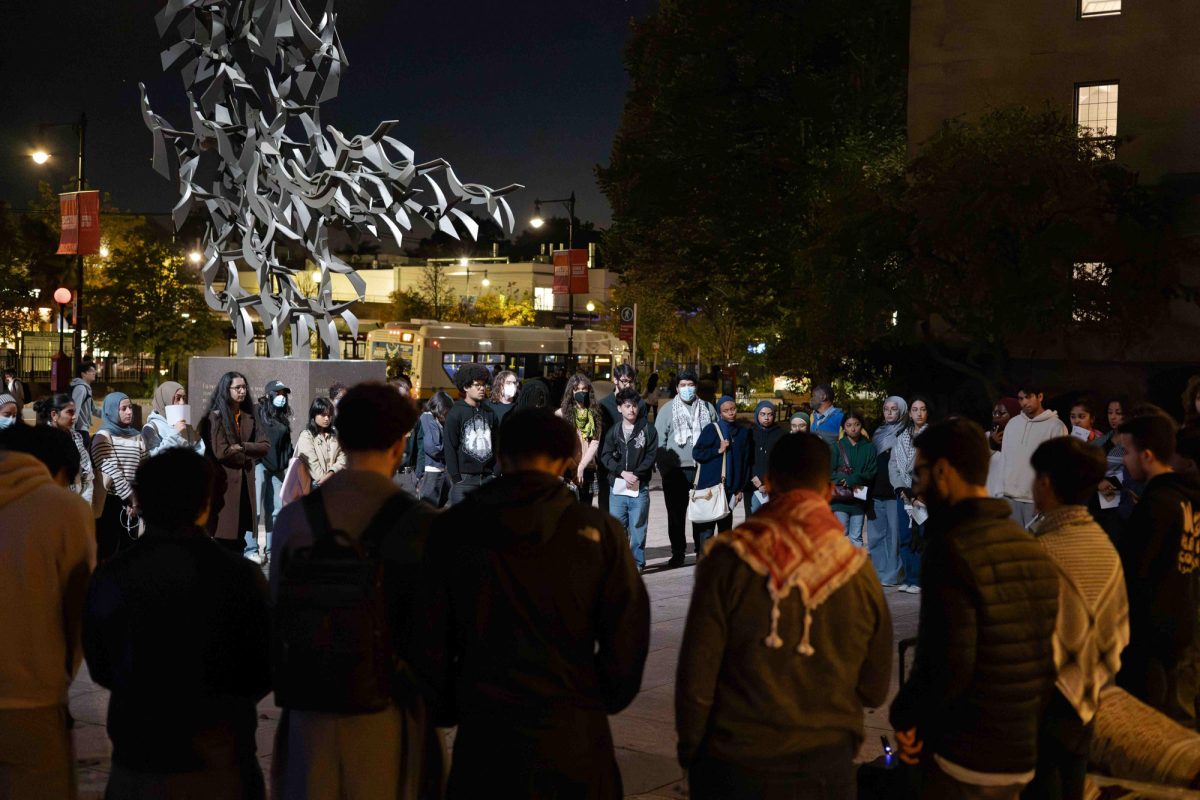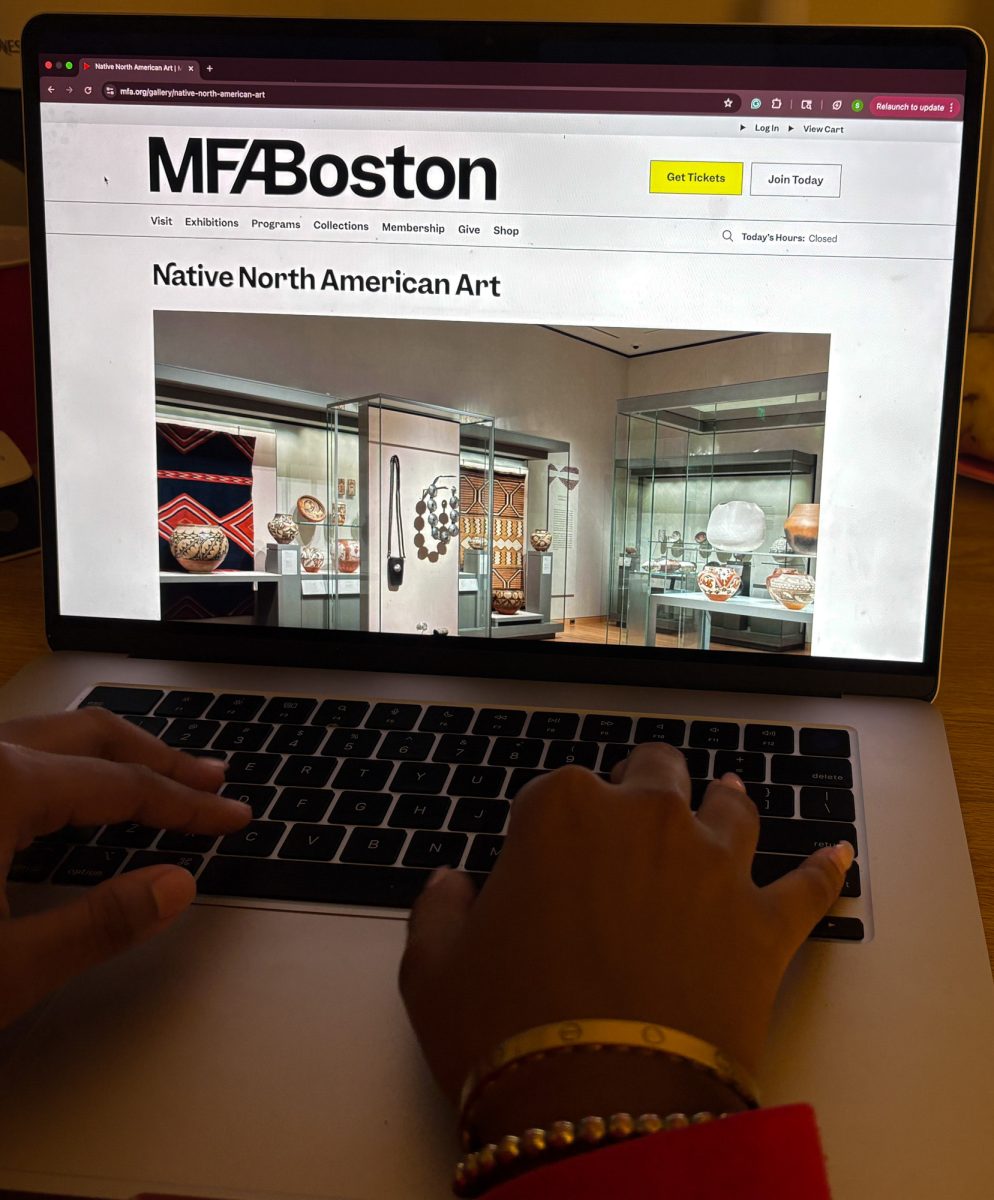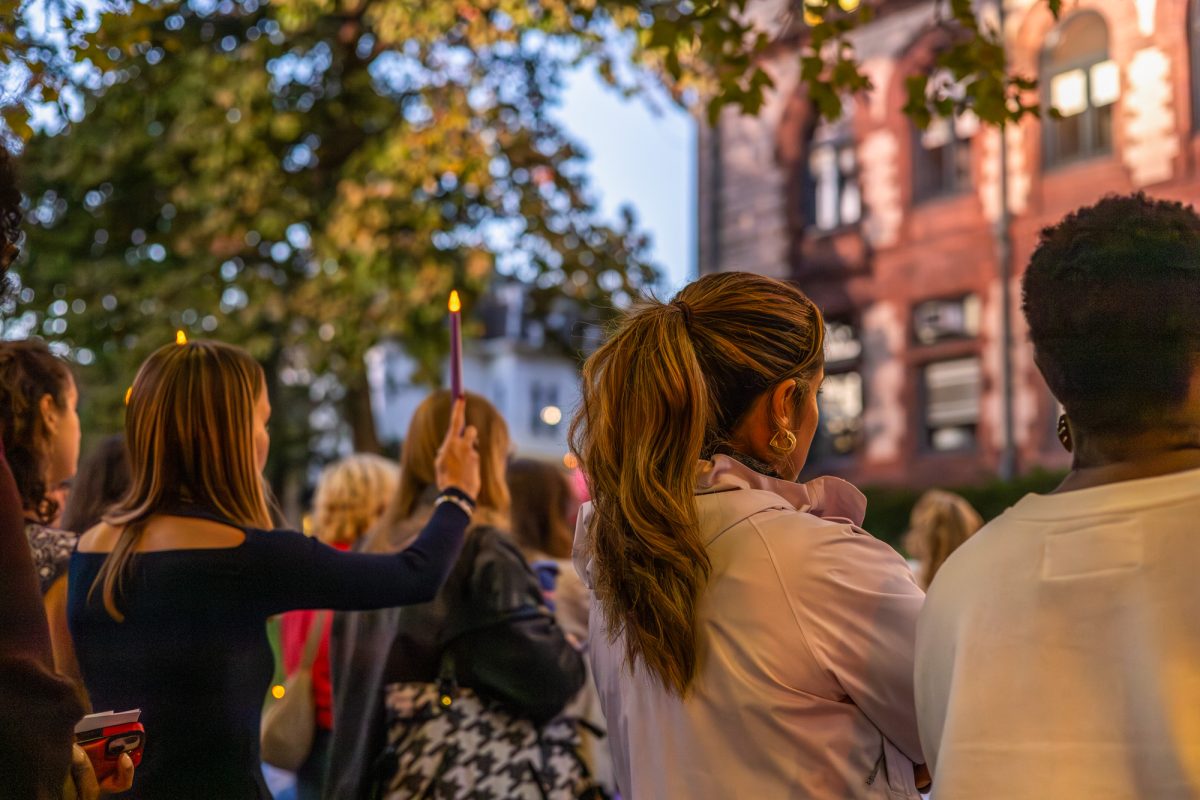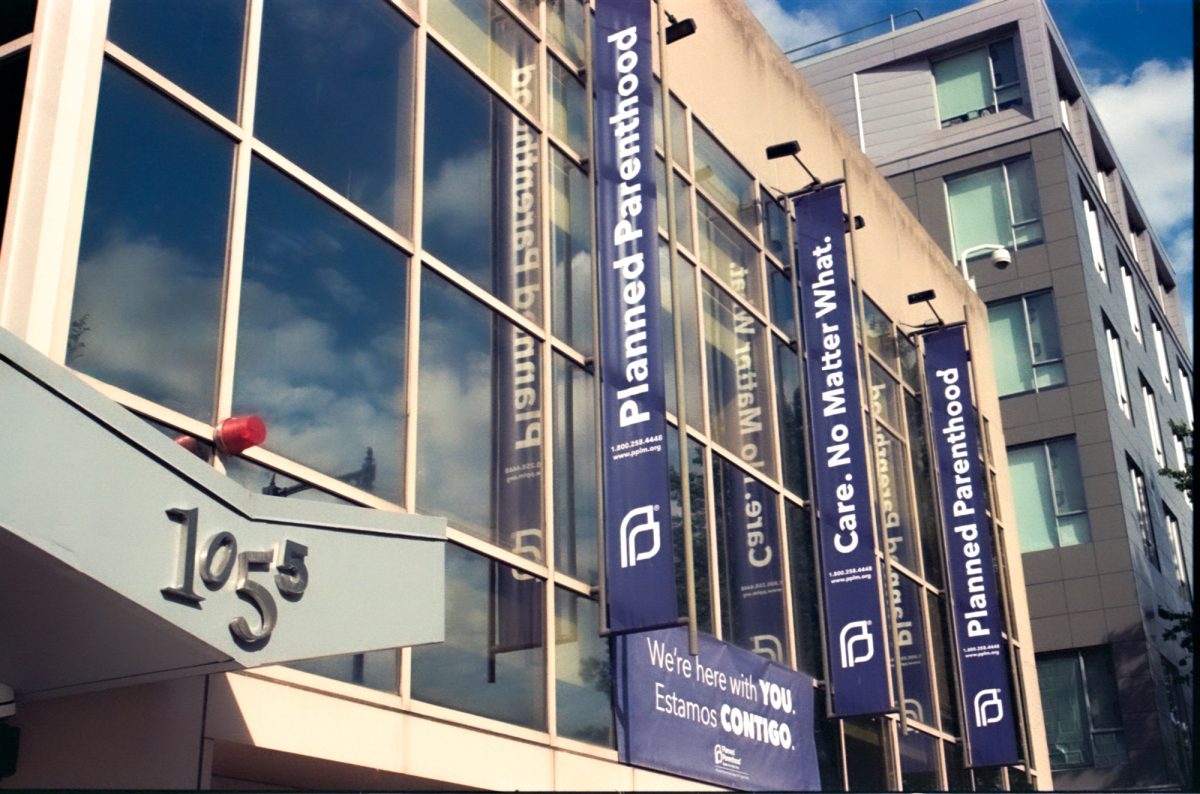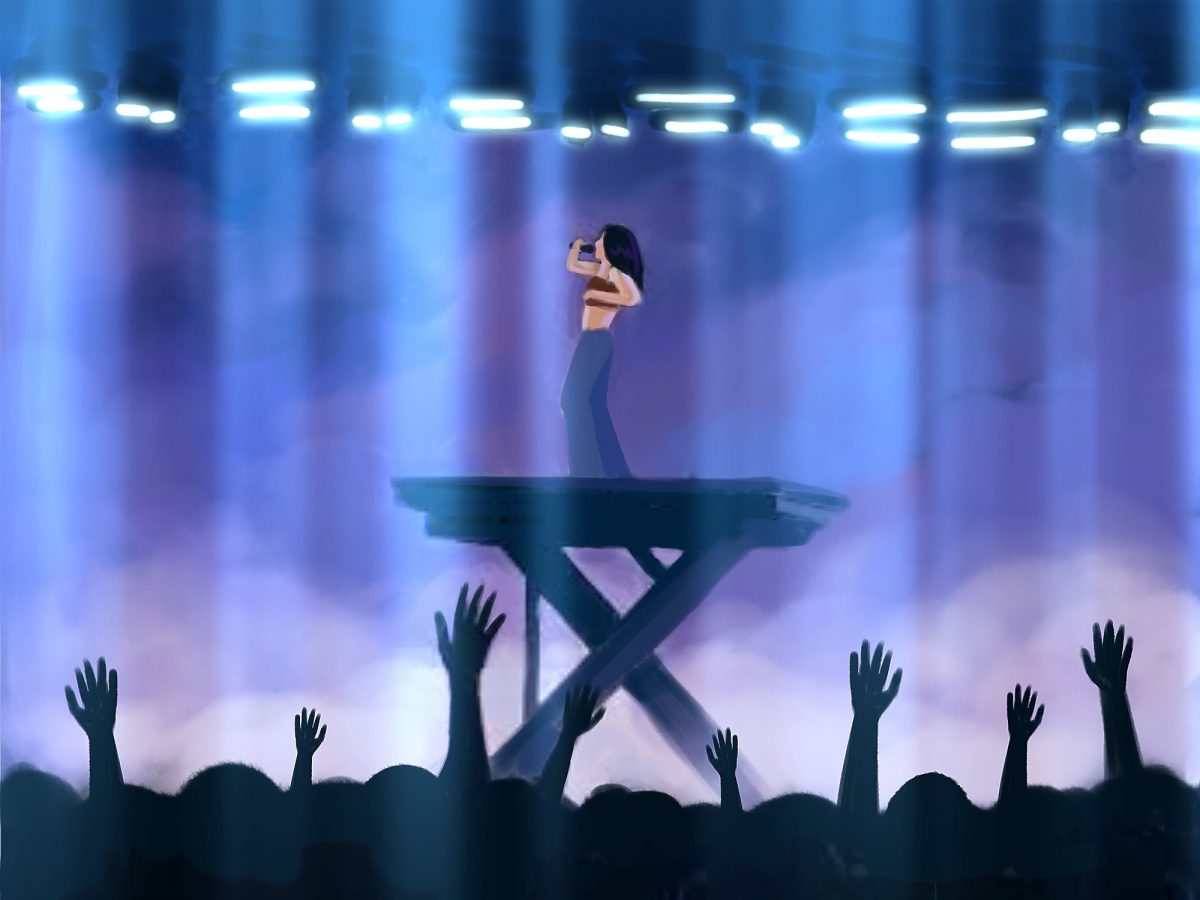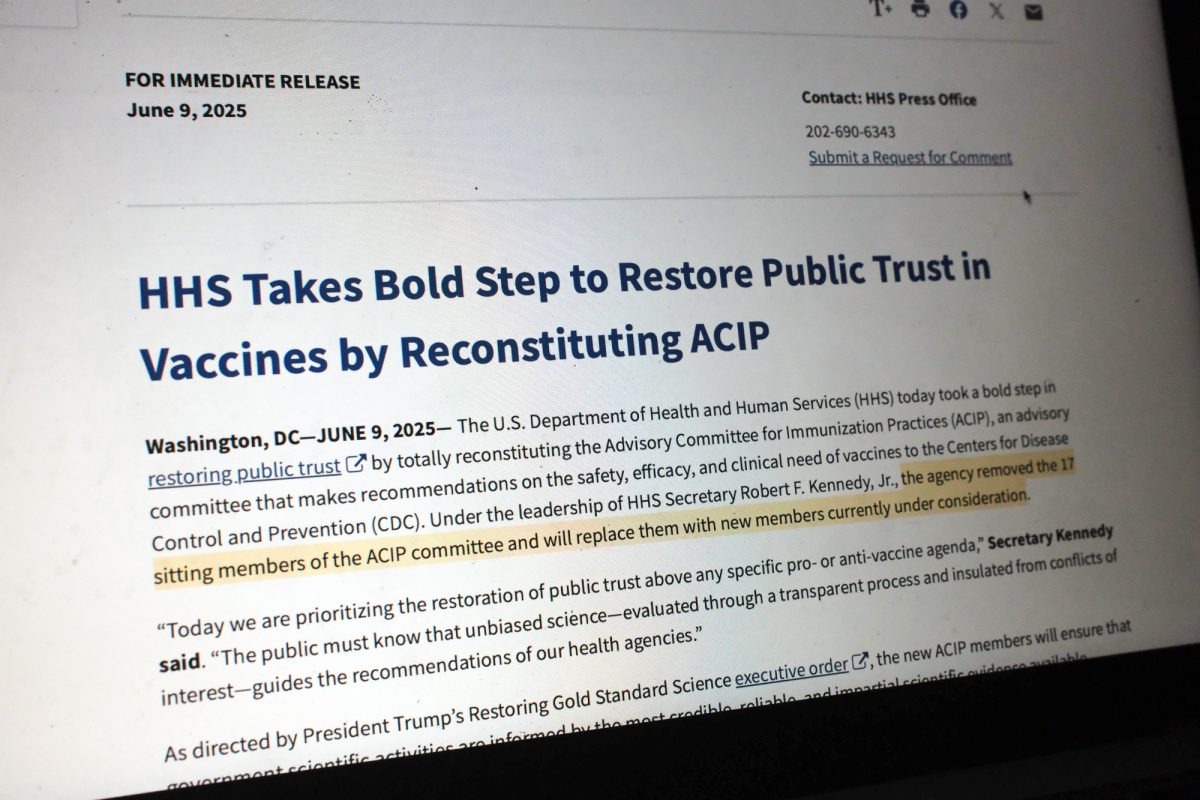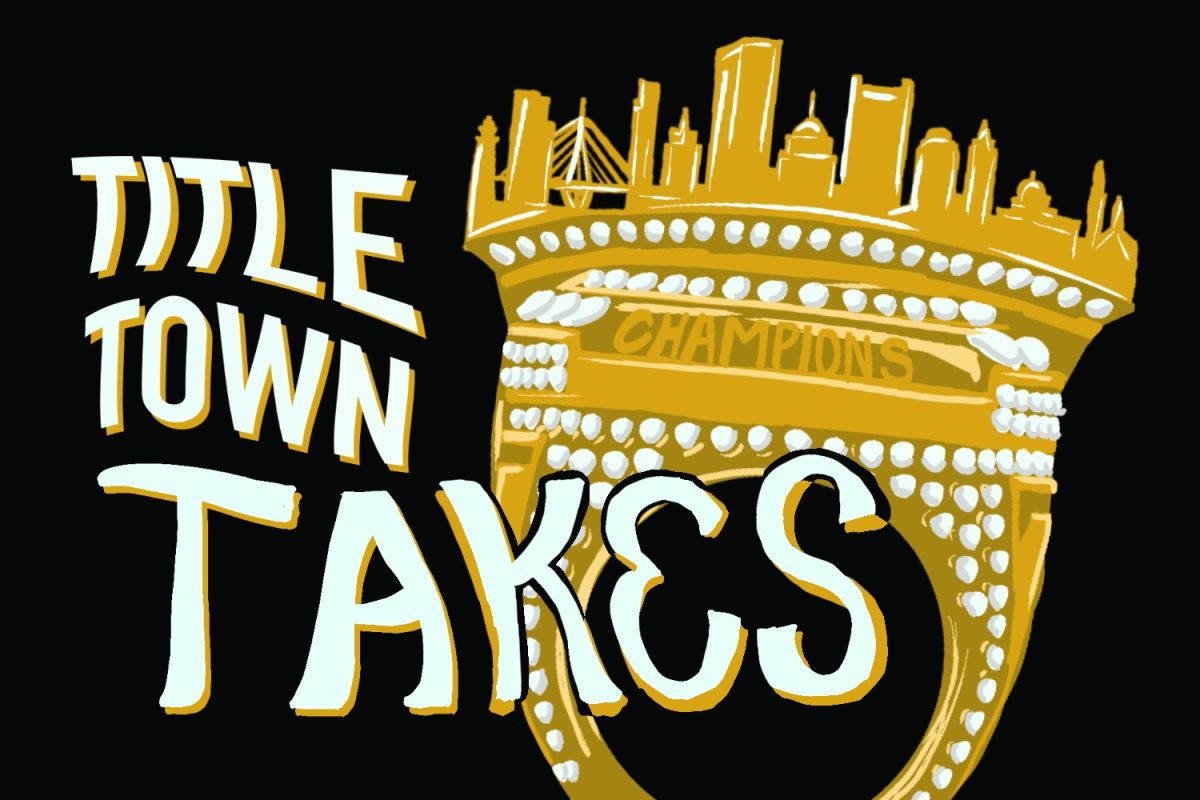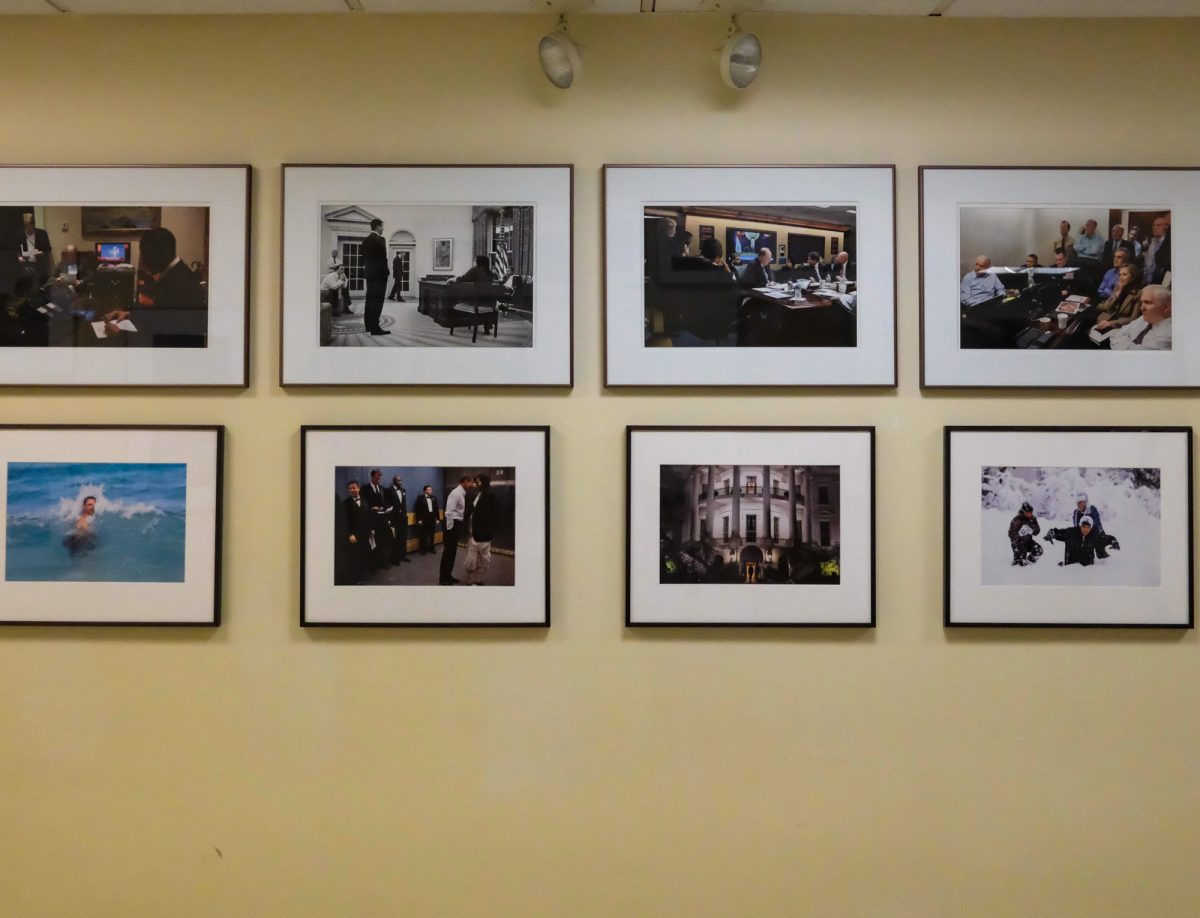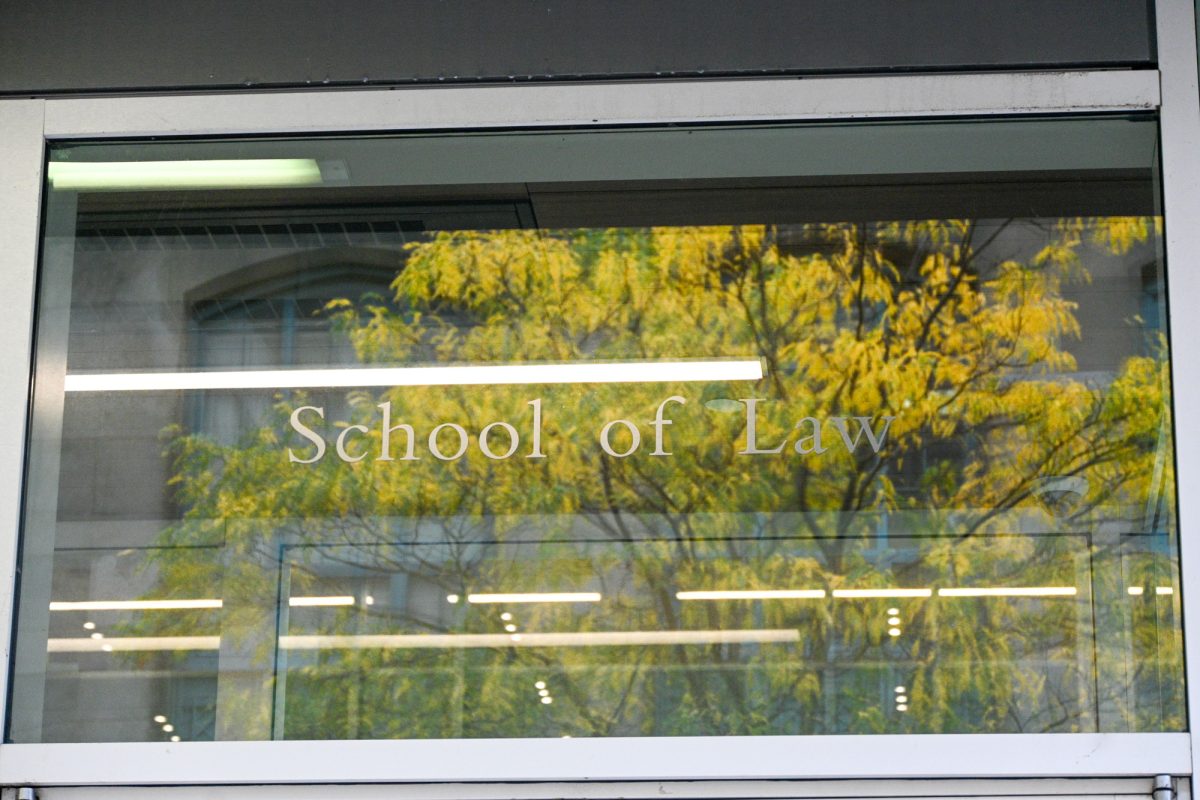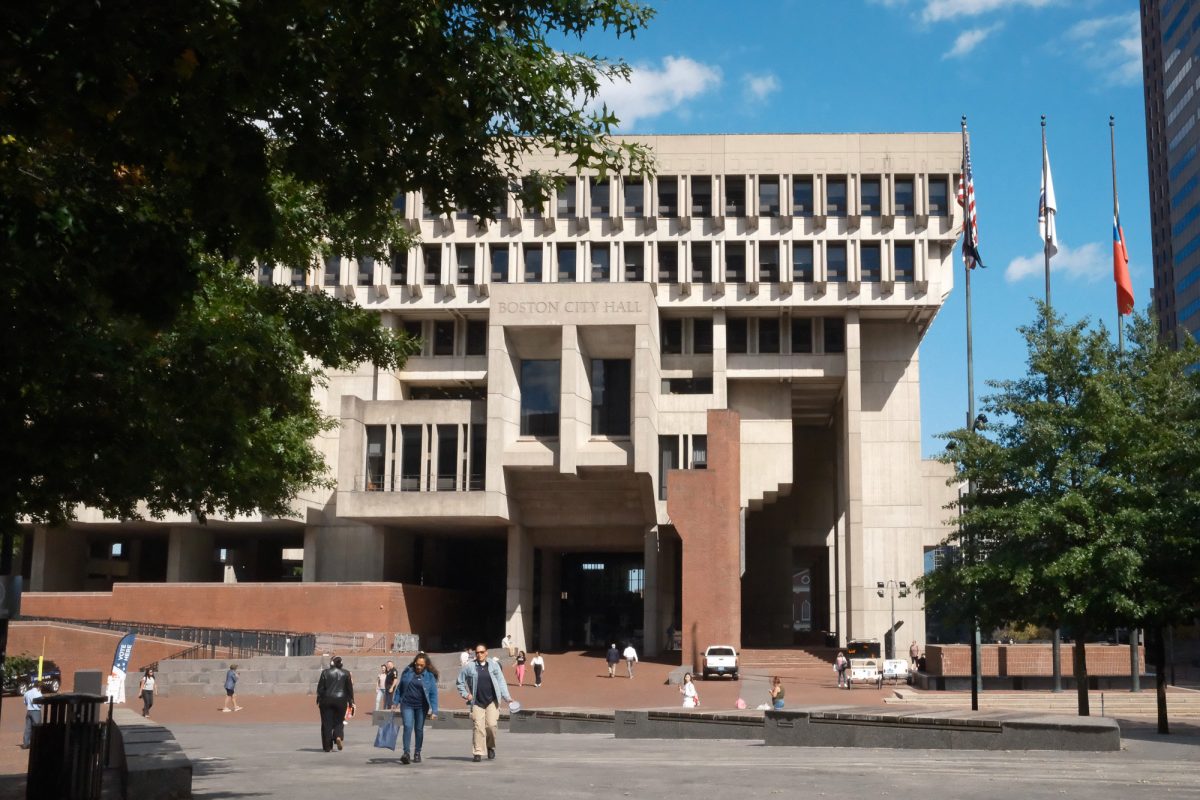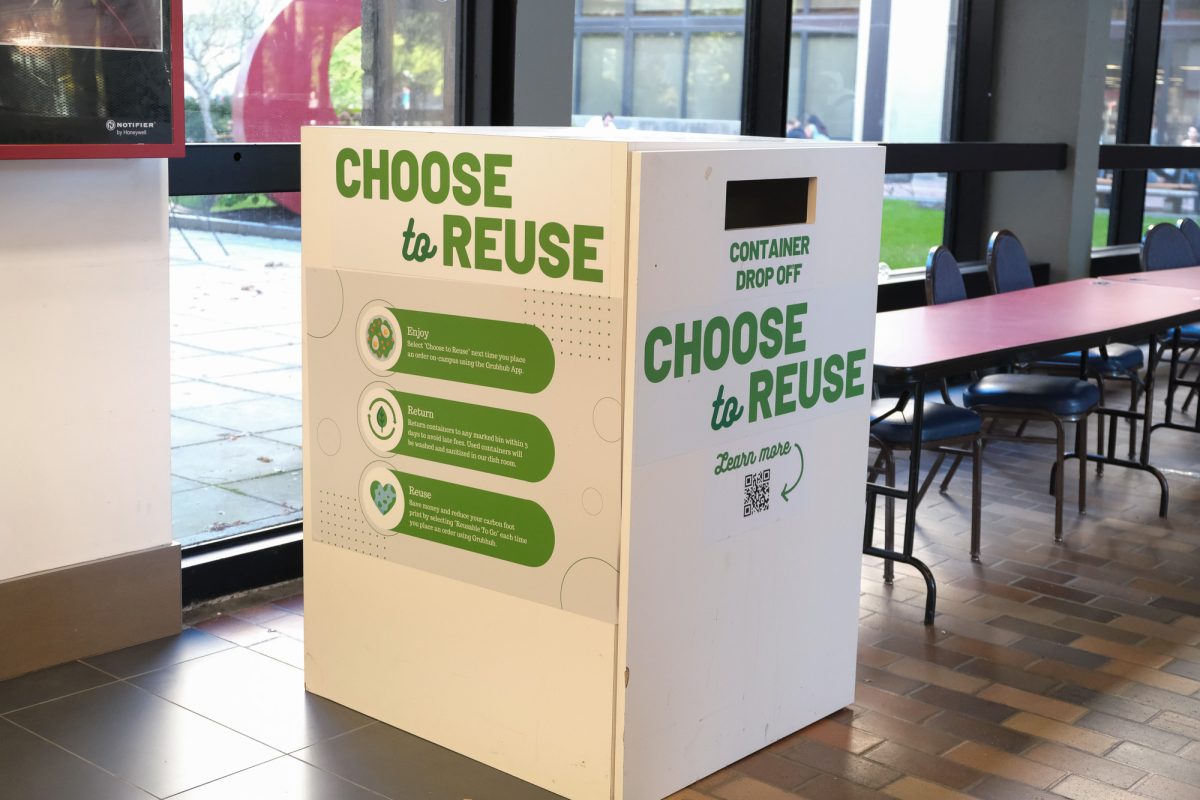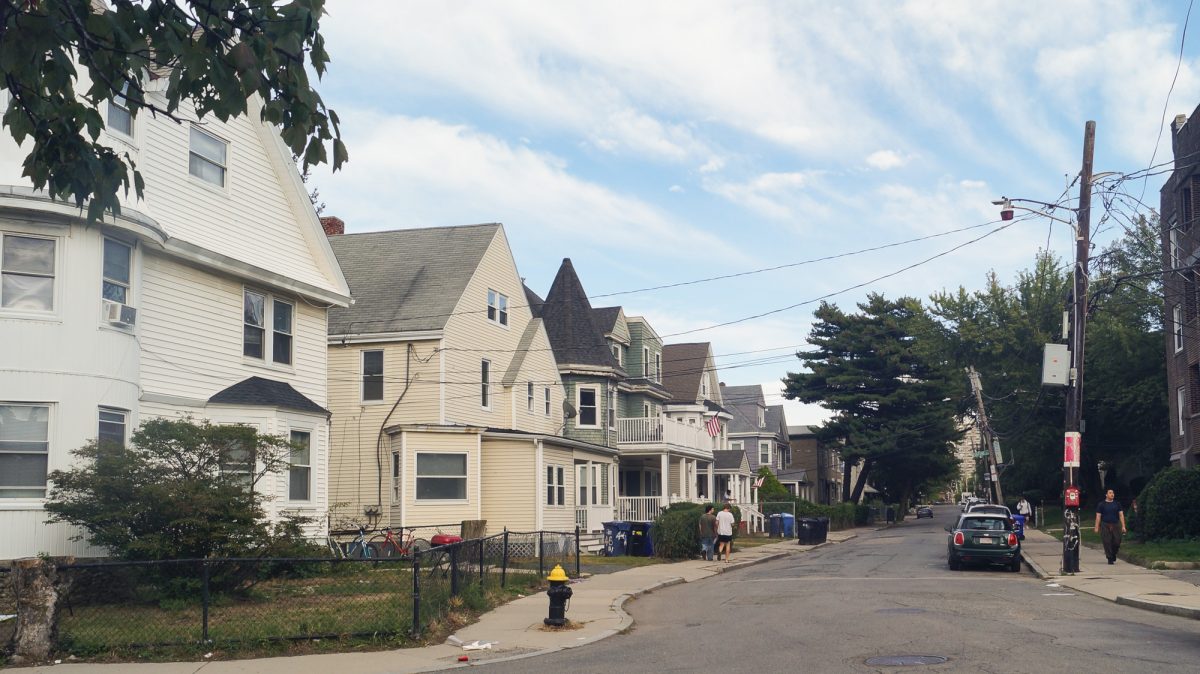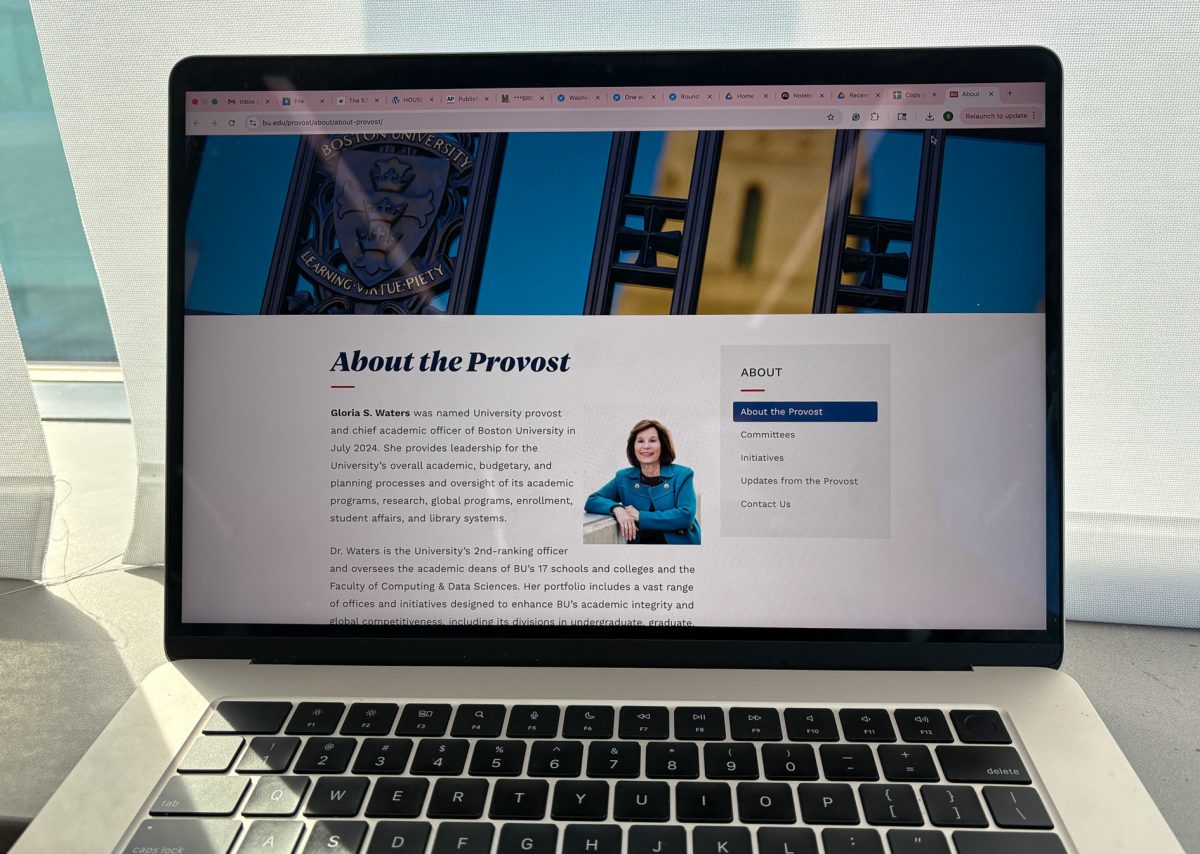Usually, people go to the aquarium to see fish. On Tuesday, people went there to chow them down.
The New England Aquarium combined the yummy with the informative at their ocean-friendly seafood dinner.
The dinner showcased original ways of preparing different kinds of sustainably caught fish as part of their “Celebrate Seafood” dinner series, which aims to promote sustainable choices as well as to encourage guests to try new species of seafood.
For $75 as a non-member or $65 as a member, guests had a three-course meal complete with wine, cooking demonstrations by the aquarium and guest chefs and a brief information session.
“We aim to empower people to make good, environmentally friendly choices,” said Lydia Bergen, the New England Aquarium’s conservation director. “We do not want to scare people out of buying seafood altogether, but rather informing them about what sustainable seafood species exist, and how to prepare them.”
The dishes ranged from poached tropical Wahoo fish to celery root soup with Pacific oysters.
They featured both wild-caught and farm-raised species.
Menus were handed out detailing the origin of each fish, its availability, fun facts and the recipe used to create the dish.
“Sometimes there are species of sustainable seafood out there that people aren’t as familiar with,” said Katherine Hladki, a conservation scientist at the aquarium. “The educational aspect of our program is showing how to prepare those species and turn them into great dishes. If you learn how to turn them into a dish that is really delicious, people will be more likely to buy them.”
Today, about two-thirds of the world’s fisheries are close to being depleted, while 20 percent of the world depends on fish as their main source of protein, said New England Aquarium President and CEO Howard Ris.
The aquarium’s Sustainable Seafood program works to correct this on both a local and an international level, cooperating with fisheries, industries and businesses such as Stop &’ Shop supermarkets and Red Lobster restaurants, Berger said.
“We have been looking at the state of fisheries around the world for the past 20 years and at sustainable seafood for the past 10 years,” Berger said. “We advise businesses on their fish sources work with industries and suggest where they could improve.”
As for the availability of sustainable seafood in Boston, Hladki said a sufficient number of different options are available, but that there is always room for improvement.
“Certainly there are some price constraints &- sustainable options and less familiar species might be more expensive. However, the East Coast has great local options that can easily be found or ordered at grocery stores,” Hladki said.
While the program does not work with college cafeterias, it is related to other programs advising food-service campaigns, which in turn provide college campuses with food.
During the cooking demonstrations, local chefs prepared the food that was to be served later, detailing which ingredients were used.
Meanwhile, flyers were handed out, a PowerPoint presentation played and different speakers talked, all outlining the concept of sustainability.
The overall reaction to the dishes was positive, leaving many guests enthusiastic to try the recipes in their own kitchen.
“I never really liked fish, and I initially came here to explore different kinds of fish,” said frequent program guest Amanda Davis. “Since then, I have been keener to experiment with a variety of seafood species. I’ve been collecting recipes, and I will definitely incorporate those used today.”
“The dishes are incredible &- very good, fresh food,” said first-time guest Lennard Lee. “It is great to be able to have a quality meal while sticking to the concept of sustainability. This will help me make better decisions in the supermarket.”
Several guests criticized the lack of vegetables in the dishes and pointed out that they would have liked to see them in a more basic form. The poached, saran-wrapped Wahoo in particular took the bullet.
“I like a fish that looks like a fish,” said regular guest Mary Costello.
Claire Kozower, a first-time guest, agreed.
“I would have liked it if they kept it more simple &- I like actually seeing the fish when I eat it,” Kozower said.
The Sustainable Seafood program hopes to grow their outreach by expanding their website and chef network, as well as working more intensively with their corporate partners.
“The aquarium is also starting to communicate with culinary schools, talking to the chefs-to-be about the importance of sustainability,” Berger said. “After all, that is where change like this begins: with the students.”
The next dinner in the series will be held Nov. 9.







